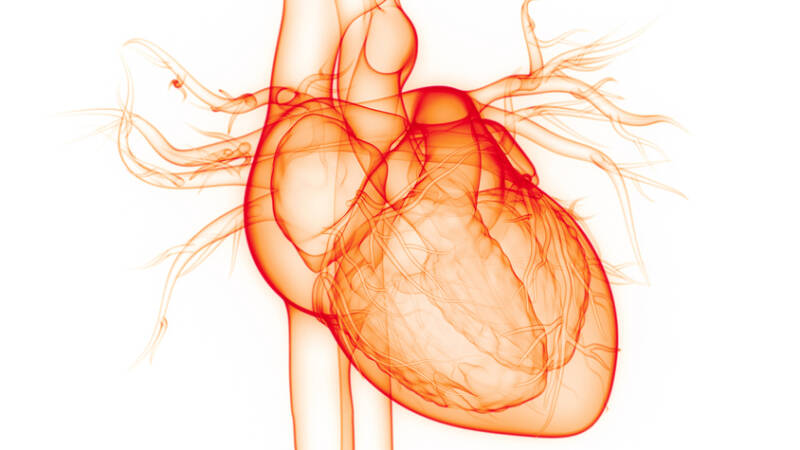Do You Know The Early Signs of Atrial Fibrillation?

The human heart beats over 100,000 times a day and an almost uncountable number of times in a person’s lifetime. But the lifetime of an individual often depends on their heart’s health. After all, that beating muscle in the left side of the chest has the critical function of pumping oxygenated blood to the rest of the body, keeping all the other organs alive. If it fails, the consequences can be catastrophic.
The heart’s health is often compromised by arrhythmias, which are abnormal cardiac rhythms. Atrial fibrillation is one of the most common alterations of the heart rate and can lead to potentially fatal complications, like a heart attack or ischemic stroke.
Here is everything you need to know about this condition.
What is Atrial Fibrillation?
Atrial fibrillation (often abbreviated to AF or AFib) happens when the heart’s upper and lower chambers lose coordination. This causes an abnormal impulse that affects blood flow. The heart rate is irregular and accelerated, although the patients can’t always feel it and may only find out about it after getting an electrocardiogram.
There are four types of atrial fibrillation: occasional, persistent, long-term persistent, and permanent. As the names suggest, this classification refers to the continuity of symptoms:
- Occasional. Also called paroxysmal atrial fibrillation, this kind of AF consists of repeated episodes of atrial arrhythmia that last from several minutes to a few hours for no more than one week. The symptoms must disappear within seven days to be considered occasional AFib. Treatment may not be necessary.
- Persistent. The atrial arrhythmia doesn’t self-resolve within one week and medication (or another treatment) is required to restore the normal heart rate.
- Long-term persistent. The AFib lasts more than 12 months.
- Permanent. The arrhythmia is always there and you need continuous treatment to prevent complications.
Signs and Symptoms
It can be very difficult to catch atrial fibrillation in the early stages, as many people don’t experience symptoms. However, catching it early reduces the likelihood of more serious complications.
For those that do experience symptoms, it can be confusing, as Afib symptoms can mimic those of other health conditions. Common symptoms include:
- Heart palpitations (a sensation of the heart beating abnormally inside the chest)
- Fatigue
- Weakness
- Chest pain
- Dizziness, lightheadedness
- Shortness of breath
Due to these symptoms, many people with atrial fibrillation have trouble doing physical activity. This difficulty can be one of the earliest signs of the condition.
Causes and Risk Factors
Abnormalities in the electrical signals due to structural flaws or damage in the heart are the main cause of atrial fibrillation. But sometimes, people with structurally perfect and well-preserved hearts suffer from AFib as well, and doctors can’t determine why.
However, there are risk factors that must be taken into consideration.
- Being 60 years of age or older
- Genetic predisposition for irregular heart rhythm
- Previous heart disease, heart attack, or lung disease
- Being obese
- Having sleep apnea or hypertension (high blood pressure)
- Endocrine disorders like an overactive thyroid (hyperthyroidism) or diabetes
- Sick sinus syndrome, a dysfunction of the “natural pacemaker” of the heart (the sinus node)
Treatment Options
Treatment for AFib may vary from patient to patient, but the goal is always to control the heart rate, regulate the heartbeat, and avoid complications. The medications used for this include antiarrhythmics, beta-blockers, and blood thinners (to prevent blood clots).
Electric shocks are also sometimes used to reset the heart’s rhythm. This is called electrical cardioversion therapy, and it’s performed under sedation with paddles or patches adhered to the chest.
Other patients may need an implantable pacemaker, or a procedure to “disable” the problematic areas in the heart that may be causing the AFib. Catheter ablation and atrioventricular node ablation are both procedures that attempt to destroy certain heart tissue because the scar tissue that forms afterward is known to correct abnormal signalling.
If you suspect you may have atrial fibrillation, or just simply think it’s time to have your heart checked out in general, visit your doctor so that they can test and diagnose you and decide the best treatment course.